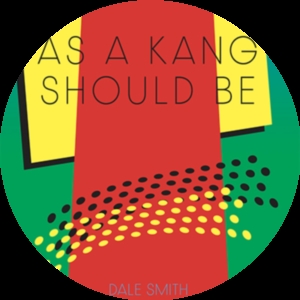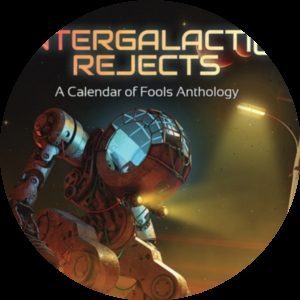Inspiration
Back when I first created this version of my website, I wrote a blog post explaining what I’d learned over my then 15 years as a writer: “There’s really no way of knowing who is going to be in a position to give you work in the future”, I wrote. This story above all others proves those words were true.
The original idea for this story came from hearing about an app that encouraged you to exercise by pretending there were zombies chasing you. It seemed like such an odd way of trying to get fit that it stuck in my mind, but - as is often the case with stories - nothing else came to turn it from an idea into a story. It just sat there for a good long while. Then, I listened to an episode of Welcome to Night Vale that was told in the second person: the narrator described things that were happening to you as the listener. The ending of my story popped into my head, and I knew what it was about.
Getting the Story
At the time, all of my short stories were either commissions for Obverse Books, or else they were unsolicited submissions to a number of podcasts or magazines that took short stories. That rather dictated the format of everything I wrote: everything needed to be over the minimum word count that those places would accept. So this idea needed to be a certain length, even though in truth it was little more than a set-up and a punchline.
I turned it into a 3000 word story titled “Jog On” and submitted to a couple of places before I lost faith in it: I liked the idea, but that’s all there was. Even at the lower end of the word count, it felt like it repeated itself and outstayed its welcome. Sometimes, you can build a story by combining multiple ideas, getting power and depth from how they bounce off each other. But this idea felt complete in itself, just a simple twist and out story.
I didn’t know what to do with it, so I left it to sit.
The Pitch
Then the moral of this story came into play.
A decade ago, I edited a short story collection for Obverse called The Perennial Ms Wildtyme and one of the people who submitted an idea was Julio Angel Ortiz. Julio had written things for Obverse before, cropping up in a few collections alongside me, and I’d always thought he was a good writer. He had a strong idea, and I knew he’d do it well so he was hired. I’m not even by a long stretch of the imagination what you would call a networker, but we kept in sporadic touch over the years, and had a few chats when I dipped my toes back into social media when it became clear there were some viable alternatives to Twitter.
In February 2025, Julio sent me an email: he was setting up an online flash fiction magazine with Jen Burns and was about to put out a call for submissions. Not knowing what he would get back, he was asking a few writer friends if they had anything that might be suitable he could entice us into submitting.
I had Dale’s email address from back when working on The Perennial Iris Wildthyme, and over the years we’d drop each the occasional check-in message. When I decided to launch Dream Theory, Dale was one of the writers I inquired about interested in a paid gig writing a flash fiction story.
He needed stories that were short, but had a good idea at their heart and ended with a punch. A good twist and out story.
I immediately thought of Jog On.
I pitched the basic idea and the twist to Julio and Jen, and they liked it. All I had to do now was to get it to work.
Writing the Story
My first thought was that it would just be an editing job, cutting down the bloated version of Jog On I had so that the important bits where still there but it met the reduced word count of around 1000 words. But it quickly became clear that wasn’t going to work: flash fiction is its own specific genre, not just an edited down version of a longer story, and I needed to do a full rewrite. In the process, the title changed, but the story itself came to life. With the flab removed, and the whole thing structured to get to the punch with the minimum of fuss, I felt like I’d got a story I really liked out of one that I’d written off as a no-hoper.
I sent it to Julio and Jen, and they both agreed: there was a touch of light editing for clarity and typos but other than that, it was accepted as is.
What Happened Next
What happened next was all very exciting. Julio said the plan was to launch the magazine on 1 May 2025, and True Crime in the Coming Age would be the first fiction published. He also asked if I had any more ideas or stories that might do for future issues, and I went away to have a think. Then, out of the blue, Julio emailed again to say he had something else he needed for the magazine, a longer story based on a format he was developing himself: would I have time to look it through and maybe help out with the first story?
Dale has always been lovely to work with and very kind with his time and honesty. Over the years, I’ve had the privilege of making online connections with a number of writers and have been fortunate for those to persist across various platforms and forums. He delivered a clever piece which Jen and I really enjoyed. This later lead to hey Dale why are you holding that chloroform rag to my face-
What was it he asked me about? Well, all in good time. But the important thing is that there was no way when I asked Julio to write me an Iris story that I could have known this was where it would eventually take us. That one day our roles would reverse, and Julio would be my editor. Writing isn’t a zero sum game, and helping other writers to succeed doesn’t damage you at all. In fact, sometimes, it help you too.


